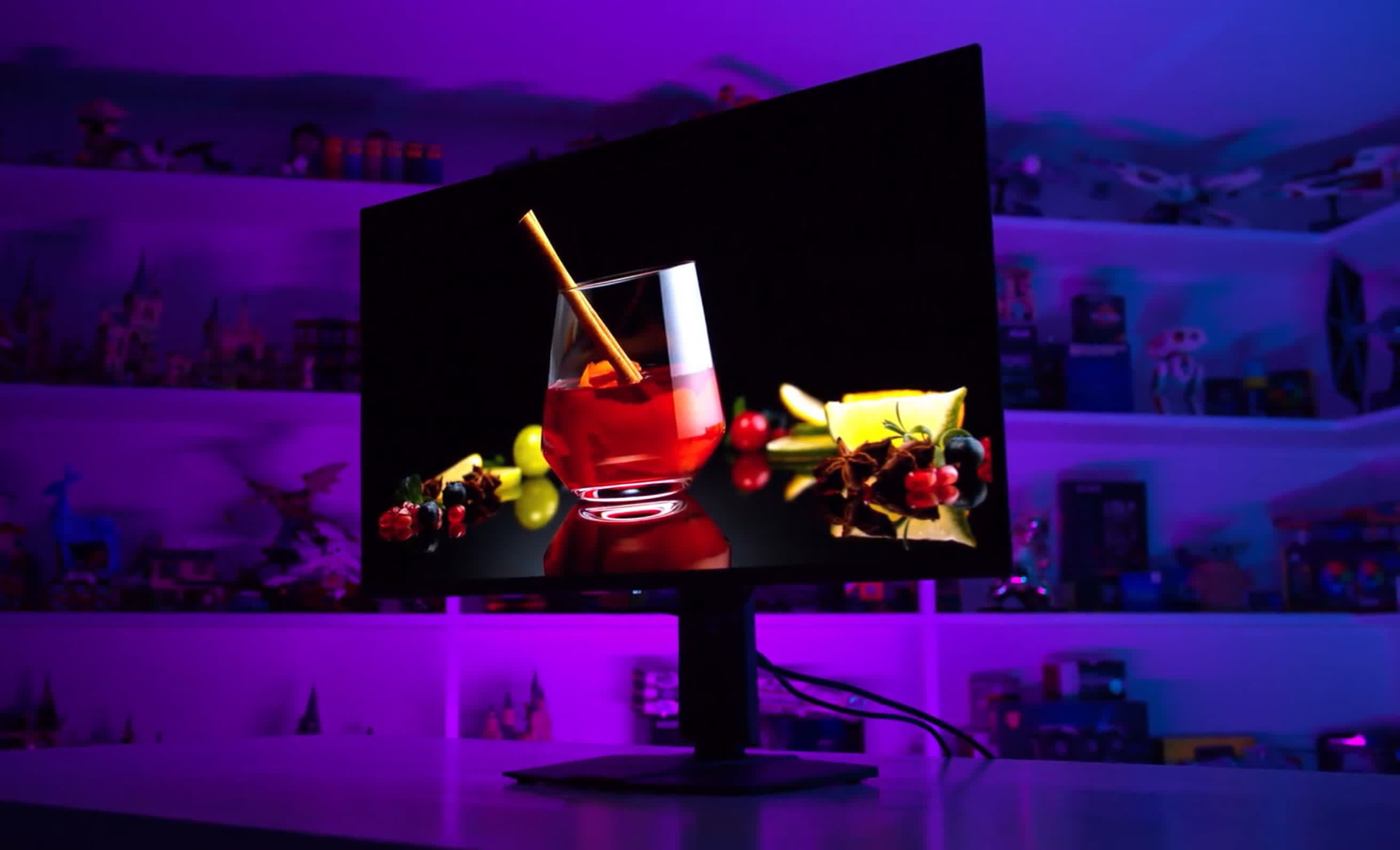The OLED Burn
We've been using the MSI MPG 321URX QD-OLED exclusively as a productivity monitor for the last six months,关键字1 and it's time to check in to see how the panel is holding up in terms of burn-in. Not much has changed in how we've been using this monitor – we've really been pushing it with a worst-case usage scenario for OLED – but there have been a few changes compared to the last time we checked for burn-in.
If you missed the last two updates, we recommend going back and checking out at least the initial article to get an idea of the setup we're using and why we've chosen MSI's 4K 240Hz QD-OLED gaming monitor as our workstation display.
Essentially, the idea here is to perform a real-world test of OLED longevity in the worst possible configuration, effectively burning in the display on purpose. We swapped a 32-inch 4K IPS LCD for this new QD-OLED and changed nothing else about the setup – no dark mode, no screensavers, or anything like that – to see if OLED monitors can truly be used as LCD-equivalent productivity displays long-term.

I use my monitor more than 8 hours a day, sometimes continuously, with no breaks for the display to turn off and rest. This leads to hours upon hours of static usage in applications like web browsers, Microsoft Office (including Excel), and production tasks like Adobe Premiere and Photoshop. With virtually no content consumption and zero gaming in our daily use of this display, this is not how we recommend usingan OLED at all, though it's a use case that has been perfectly fine for LCDs for a long time.
After one month of usage, the MSI 321URX showed no signs of burn-in at all, which was expected. At that point, we'd used the monitor for about 200 to 250 hours. After three months, we started to see faint signs of burn-in, and by that time, we'd used the display for approximately 650 to 750 hours with 71 panel compensation cycles.

Six months into this experiment, we estimate the usage to be between 1,200 and 1,500 hours, and the monitor indicates that it has run 141 compensation cycles. This aligns with what we reported previously – about double the usage and about double the compensation cycles. We're still seeing around 9 to 10 hours of usage at 200 nits of brightness per compensation cycle.
As we mentioned in the last update, the recommended rate for panel protection cycles is every four hours, so in our typical usage, it's running less than half as often as is ideal. However, this is a totally realistic scenario for someone using this display for full-time work, especially if you don't put the monitor to sleep during breaks. We've set the display to sleep after two hours, which is far longer than we would recommend for general OLED use, but it's the same setting we used for our LCD.
(责任编辑:重生后我就无敌了)
- 2021玉龙国际赛马公开赛第9赛事日:“华宇风范”刷新1600米赛道记录
- 永顺垃圾分类进行时:西马庄社区开展宣传活动
- 厨余垃圾处理的意义和必要性
- 【实用】客服实习报告
- เช้านี้ค่าฝุ่นในประเทศอยู่ในเกณฑ์มาตรฐาน อยู่ในระดับดีมาก
- Pak bags bronze in CAVA Nations League
- 特朗普宣称要抓加州州长:他和拜登一样差
- 三元坊小学党支部参加社区垃圾分类宣传活动
- 崩坏3薇塔武器搭配推荐 崩坏3薇塔武器怎么搭配
- How to log out of Netflix on Apple TV, Roku, Fire, and more
- 《忍者龙剑传4》制作人谈新作 希望重燃ACT火种
- 山西诚信壹电子科技有限公司
- Scientists just discovered a mysterious new world far beyond Pluto
- "ทักษิณ" ไม่ไปศาล 13 มิ.ย. ส่งทนายเป็นตัวแทน
